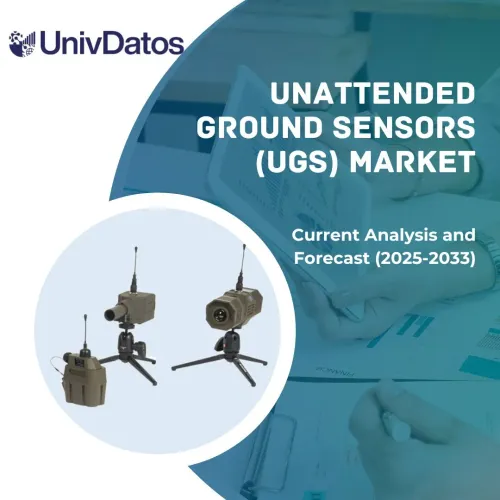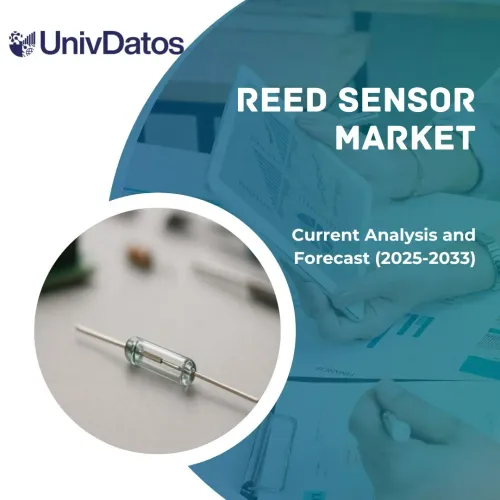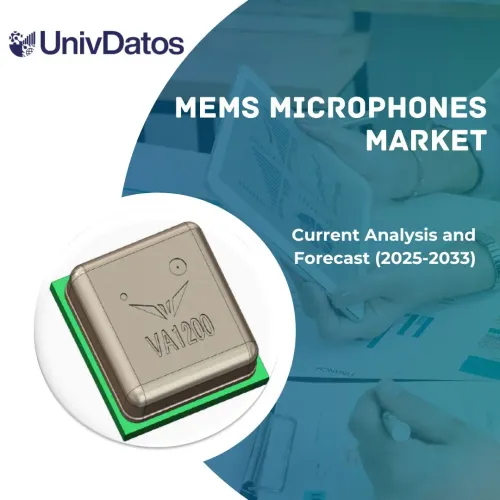- Home
- About Us
- Industry
- Services
- Reading
- Contact Us
Liquid Lens Module Market: Current Analysis and Forecast (2024-2032)
Emphasis on Component (Image Sensor, Lens, Camera Module Assembly, and VCM Suppliers); Application (Camera, Code Reader, and Medical Imaging); Region/Country.
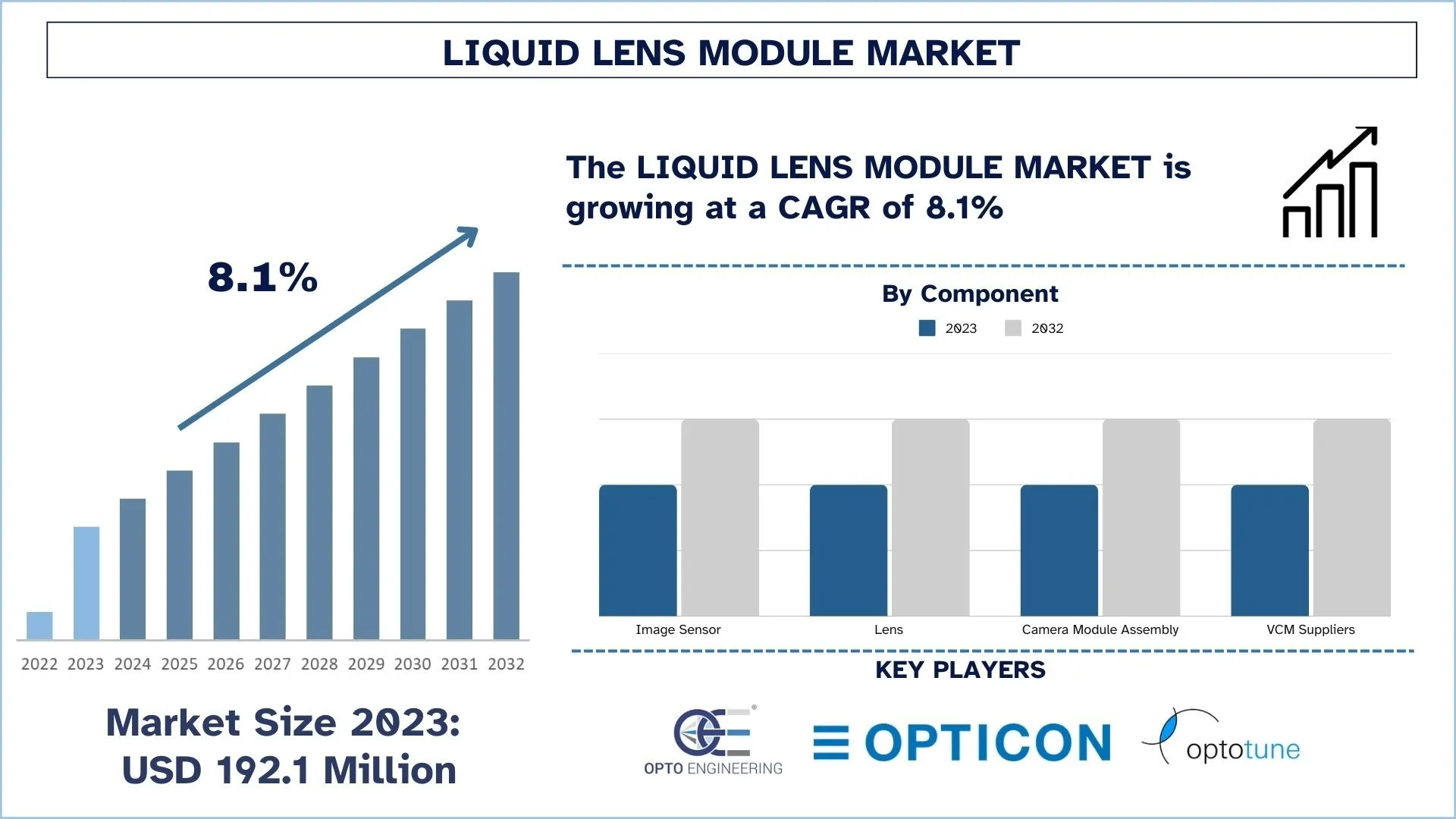
Liquid Lens Module Market Size & Forecast
The Liquid Lens Module market was valued at USD 192.1 Million in 2023 and is expected to grow at a strong CAGR of around 8.1% during the forecast period (2024-2032) owing to the Increasing demand for high-speed autofocus and the rising adoption of AI-powered imaging.
Liquid Lens Module Market Analysis
The market for liquid lens modules grows rapidly because these lenses can auto-focus quickly and offer better pictures to multiple application fields. A liquid lens works with optical technology to change the shape of liquid-filled lenses for quick focusing. Consumer electronics companies and manufacturers of industrial automation tools, medical devices, and cars all want better imaging performance, which makes up most of its market demand. Liquid lenses see business growth because AI enhances photos, plus smaller components let cameras work better in changing scenes. The market for liquid lens modules will grow because businesses keep developing automated systems that use smart imaging technology.
The liquid lens module market will experience its most significant growth in China, India, and South Korea because their rising industrial sectors push technological developments through manufacturing and government funding. The smartphone and automotive industries in China drive significant market expansion because of their fast growth. Indian healthcare organizations and businesses are adopting smart imaging devices in their security and industrial operations more often. As a tech powerhouse, South Korea keeps funding advanced camera research both for mobile phones and robot applications. Technical improvements in AI imaging and self-driving system technology will drive increasing market needs for liquid lens modules, which ensure strong market prospects.
Liquid Lens Module Market Trends
This section discusses the key market trends that are influencing the various segments of the Liquid Lens Module market as identified by our team of research experts.
Rising Demand for High-Quality Imaging
The rising demand for high-resolution images makes businesses work harder to develop better camera solutions. Consumers want better picture quality from their phone cameras and video monitors, so technology companies create sensors, lenses, and image software that works fast at high resolution. The demand for ultra-HD video recording and digital photography in consumer markets empowers companies to find new camera technologies faster. Ready-made goods producers in automotive, aerospace, and industrial settings depend on image quality to maintain safe navigation and product standards, which makes this sector grow faster than others.
Growth in Smartphone and Consumer Electronics Market
The market for consumer electronics and smartphones expands, which boosts the demand for better camera components. Smartphone success drives a higher pursuit of camera technology development. Phone producers dedicate resources to upgrade camera features including lighting improvement and artificial intelligence systems for better picture quality. People using AR/VR platforms and video tools need better cameras both in the front and back of their devices. The growing demand for smart TVs, tablets, and wearables at home drives market growth because these products need better imaging features.
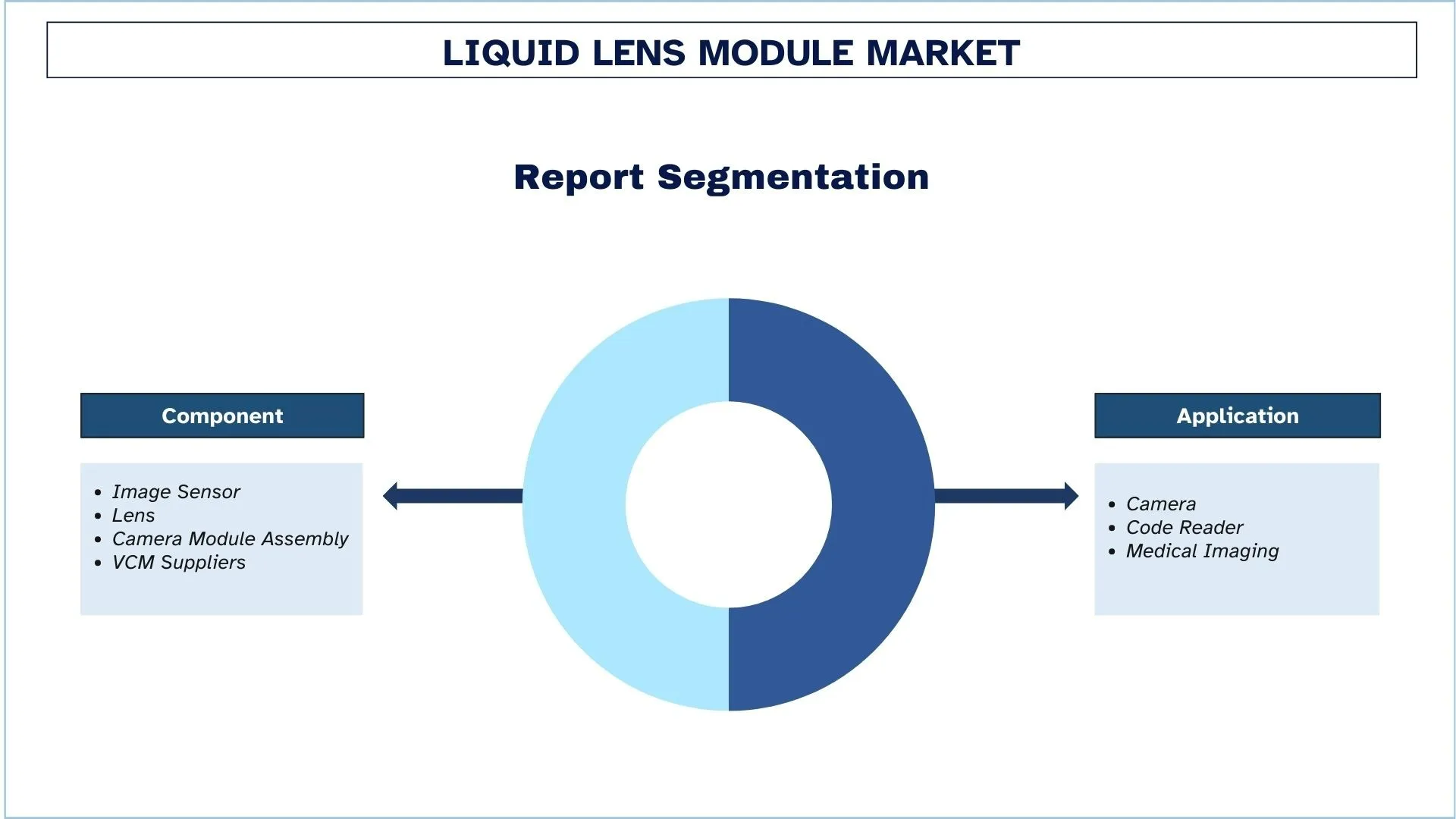
Expansion of Automotive and ADAS Systems
The car industry is developing rapidly because more drivers choose camera-based tools for driving assistance and self-driving control. The safety features of vehicles depend on cameras, which help drivers see potential departures, crashes, and blind spots during parking. Self-driving electric vehicles need cameras equipped with artificial intelligence and advanced depth sensors because of rising market demand. As governments in different nations enforce safety rules, automakers install several cameras to make driving safer and help drivers see better, which leads to market growth.
Increasing Use in Medical Imaging
Medical imaging expands healthcare practice by increasing demand for precise examination and operation imaging systems. Advanced imaging systems are essential for medical applications since AI-assisted radiology, robotic surgeries, endoscopic tests, and telemedicine technologies use them more often. People need better medical imaging equipment because more diseases persist and doctors must detect illnesses sooner. AI brings better medical diagnosis results to healthcare while speeding up patient care, which makes these technologies a driving force in this field.
APAC is Expected to Grow with Significant CAGR During Forecast Period
Countries in Asia-Pacific can make more liquid lens modules because they develop industrial robots and electronics at the same time, people start using Artificial Intelligence cameras. Asian countries led by China and their neighbors, Japan, South Korea, and India, focus both on advanced technology development and robotic system creation with dedication to smart factory and machine vision investment. Major Asia-Pacific electronics manufacturers need liquid lens modules for fast autofocus and strong-built design. The rising smartphone market and growing VR/AR device use create more customers for cameras that are sold more because they have high resolution. Asian Pacific healthcare providers bring liquid lens technology to medical facilities to improve diagnosis and establish new patient-care services.
The demand for liquid lens modules increases rapidly in automotive and security sectors across Asia-Pacific markets. Car manufacturers and autonomous vehicle developers buy real-time autofocus imaging tools with adaptive optics due to their safety feature requirements. Higher smart security devices bring more demand for fast and precise liquid lens imaging systems. The governments of APAC push forward Industry 4.0 and smart city programs to boost the market growth of liquid lens modules that work in automation and smart surveillance devices. The combined effects of technology advancements and electronics producer growth along with increased research funding make APAC a market with numerous opportunities to earn profit during the upcoming years.
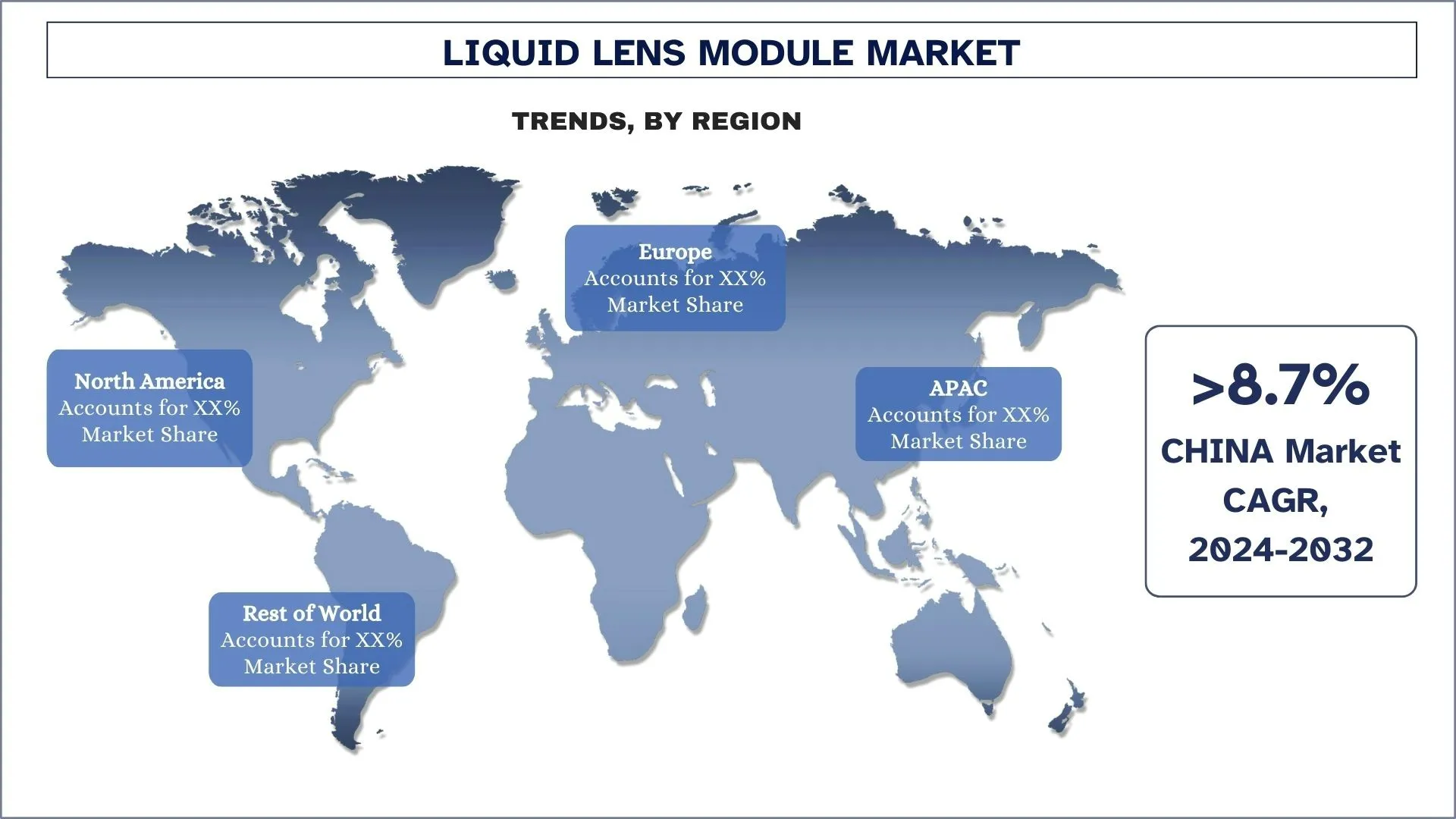
Liquid Lens Module Industry Competitive Landscape
The Liquid Lens Module market is competitive and fragmented, with the presence of several global and international market players. The key players are adopting different growth strategies to enhance their market presence, such as partnerships, agreements, collaborations, new product launches, geographical expansions, and mergers and acquisitions.
Top Liquid Lens Module Manufacturing Companies
Some of the major players operating in the market include Corning Inc., Huawei Technologies Co. Ltd., Optotune, Opticon, Edmund Optics, Opto Engineering, and Cognex Corporation.
Liquid Lens Module Market News
- In September 2022, Sill Optics developed a 2x magnifying telecentric lens with a large aperture and integrated liquid lens for focus adjustment. The realization of the large aperture for 2.74µm pixel size, 1.1'' sensor diagonal, and stable imaging performance for various wavelengths has greatly increased the requirements for magnifying telecentric lenses. Adding a focus tunable liquid lens while maintaining imaging performance has been a challenge, but Sill Optics and Optotune have achieved 90 lp/mm resolution across the entire FOV using an EL16-40 with the best wavefront specification in vertical alignment. This showcases the rapid technological upgrades that drive the liquid lens module market.
Liquid Lens Module Market Report Coverage
Details | |
Base year | 2023 |
Forecast period | 2024-2032 |
Growth momentum | Accelerate at a CAGR of 8.1% |
Market size 2023 | USD 192.1 Million |
Regional analysis | North America, Europe, APAC, Rest of the World |
Major contributing region | Asia-Pacific is expected to grow at the highest CAGR during the forecasted period |
Key countries covered | U.S., Canada, Germany, Spain, Italy, France, United Kingdom, China, Japan, South Korea, and India |
Companies profiled | Corning Inc., Huawei Technologies Co. Ltd., Optotune, Opticon, Edmund Optics, Opto Engineering, and Cognex Corporation. |
Report Scope | Market Trends, Drivers, and Restraints; Revenue Estimation and Forecast; Segmentation Analysis; Demand and Supply Side Analysis; Competitive Landscape; Company Profiling |
Segments Covered | By Component; By Application; By Region/Country |
Reasons to buy this report:
- The study includes market sizing and forecasting analysis validated by authenticated key industry experts.
- The report presents a quick review of overall industry performance at one glance.
- The report covers an in-depth analysis of prominent industry peers with a primary focus on key business financials, product portfolios, expansion strategies, and recent developments.
- Detailed examination of drivers, restraints, key trends, and opportunities prevailing in the industry.
- The study comprehensively covers the market across different segments.
- Deep dive regional level analysis of the industry.
Customization Options:
The global Liquid Lens Module market can further be customized as per the requirement or any other market segment. Besides this, UMI understands that you may have your own business needs, hence feel free to contact us to get a report that completely suits your requirements.
Table of Content
Research Methodology for the Liquid Lens Module Market Analysis (2024-2032)
Analyzing the historical market, estimating the current market, and forecasting the future market of global Liquid Lens Module were the three major steps undertaken to create and explore the adoption of Liquid Lens Module in major regions globally. Exhaustive secondary research was conducted to collect the historical market numbers and estimate the current market size. Secondly, numerous findings and assumptions were taken into consideration to validate these insights. Moreover, exhaustive primary interviews were also conducted with industry experts across the value chain of the global Liquid Lens Module market. Post assumption and validation of market numbers through primary interviews, we employed a top-down/bottom-up approach to forecasting the complete market size. Thereafter, market breakdown and data triangulation methods were adopted to estimate and analyze the market size of segments and sub-segments of the industry. Detailed methodology is explained below:
Analysis of Historical Market Size
Step 1: In-Depth Study of Secondary Sources:
Detail secondary study was conducted to obtain the historical market size of Liquid Lens Module through company internal sources such as annual reports & financial statements, performance presentations, press releases, etc., and external sources including journals, news & articles, government publications, competitor publications, sector reports, third-party database, and other credible publications.
Step 2: Market Segmentation:
After obtaining the historical market size of Liquid Lens Module, we conducted a detailed secondary analysis to gather historical market insights and share for different segments and sub-segments for major regions. Major segments are included in the report, such as Component and Application. Further country-level analyses were conducted to evaluate the overall adoption of testing models in that region.
Step 3: Factor Analysis:
After acquiring the historical market size of different segments and sub-segments, we conducted a detailed factor analysis to estimate the current market size of Liquid Lens Module. Further, we conducted factor analysis using dependent and independent variables such as Component and Application of Liquid Lens Module market. A thorough analysis was conducted of demand and supply-side scenarios considering top partnerships, mergers and acquisitions, business expansion, and product launches in the Liquid Lens Module sector across the globe.
Current Market Size Estimate & Forecast
Current Market Sizing: Based on actionable insights from the above 3 steps, we arrived at the current market size, key players in the global Liquid Lens Module market, and market shares of the segments. All the required percentage shares split, and market breakdowns were determined using the above-mentioned secondary approach and were verified through primary interviews.
Estimation & Forecasting: For market estimation and forecast, weights were assigned to different factors including drivers & trends, restraints, and opportunities available for the stakeholders. After analyzing these factors, relevant forecasting techniques i.e., the top-down/bottom-up approach were applied to arrive at the market forecast for 2032 for different segments and sub-segments across the major markets globally. The research methodology adopted to estimate the market size encompasses:
- The industry’s market size, in terms of revenue (USD) and the adoption rate of the Liquid Lens Module across the major markets domestically
- All percentage shares, splits, and breakdowns of market segments and sub-segments
- Key players in the global Liquid Lens Module market in terms of products offered. Also, the growth strategies adopted by these players to compete in the fast-growing market
Market Size and Share Validation
Primary Research: In-depth interviews were conducted with the Key Opinion Leaders (KOLs) including Top Level Executives (CXO/VPs, Sales Head, Marketing Head, Operational Head, Regional Head, Country Head, etc.) across major regions. Primary research findings were then summarized, and statistical analysis was performed to prove the stated hypothesis. Inputs from primary research were consolidated with secondary findings, hence turning information into actionable insights.
Split of Primary Participants in Different Regions
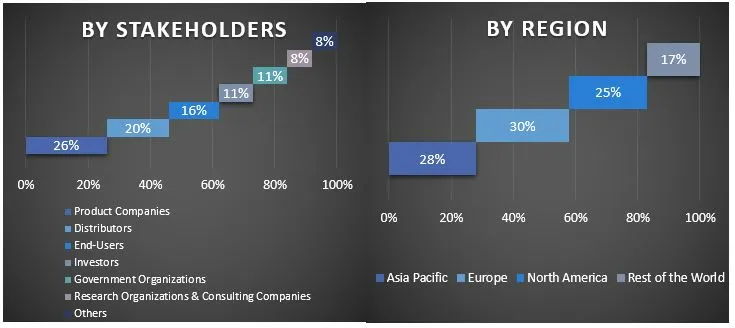
Market Engineering
The data triangulation technique was employed to complete the overall market estimation and to arrive at precise statistical numbers for each segment and sub-segment of the global Liquid Lens Module market. Data was split into several segments & sub-segments post studying various parameters and trends in the areas of Component and Application in the global Liquid Lens Module market.
The main objective of the Global Liquid Lens Module Market Study
The current & future market trends of the global Liquid Lens Module market were pinpointed in the study. Investors can gain strategic insights to base their discretion for investments on the qualitative and quantitative analysis performed in the study. Current and future market trends determined the overall attractiveness of the market at a regional level, providing a platform for the industrial participant to exploit the untapped market to benefit from a first-mover advantage. Other quantitative goals of the studies include:
- Analyze the current and forecast market size of Liquid Lens Module industry in terms of value (USD). Also, analyze the current and forecast market size of different segments and sub-segments
- Segments in the study include areas of Component and Application
- Define and analysis of the regulatory framework for the Liquid Lens Module industry
- Analyze the value chain involved with the presence of various intermediaries, along with analyzing customer and competitor behaviors of the industry
- Analyze the current and forecast market size of the Liquid Lens Module market for the major region
- Major countries of regions studied in the report include Asia Pacific, Europe, North America, and the Rest of the World
- Company profiles of the Liquid Lens Module market and the growth strategies adopted by the market players to sustain in the fast-growing market
- Deep dive regional level analysis of the industry
Frequently Asked Questions FAQs
Q1: What is the current market size and growth potential of the Liquid Lens Module market?
The Liquid Lens Module Market was valued at USD 192.1 Million in 2023 and is expected to grow at a strong CAGR of around 8.1% during the forecast period (2024-2032).
Q2: What are the driving factors for the growth of the Liquid Lens Module market?
The growth of the Liquid Lens Module market is driven by increasing demand for high-speed autofocus and rising adoption of AI-powered imaging.
Q3: Which segment has the largest share in the Liquid Lens Module market by Application?
The Camera segment has the largest share of the Liquid Lens Module market by Application.
Q4: What are the emerging technologies and trends in the Liquid Lens Module market?
The Liquid Lens Module market is witnessing advancements in AI-powered autofocus, integration with AR/VR, miniaturization for compact devices, and increasing adoption in robotics and machine vision applications.
Q5: Which region will dominate in the Liquid Lens Module market?
APAC is expected to dominate the market during the forecast period.
Related Reports
Customers who bought this item also bought




